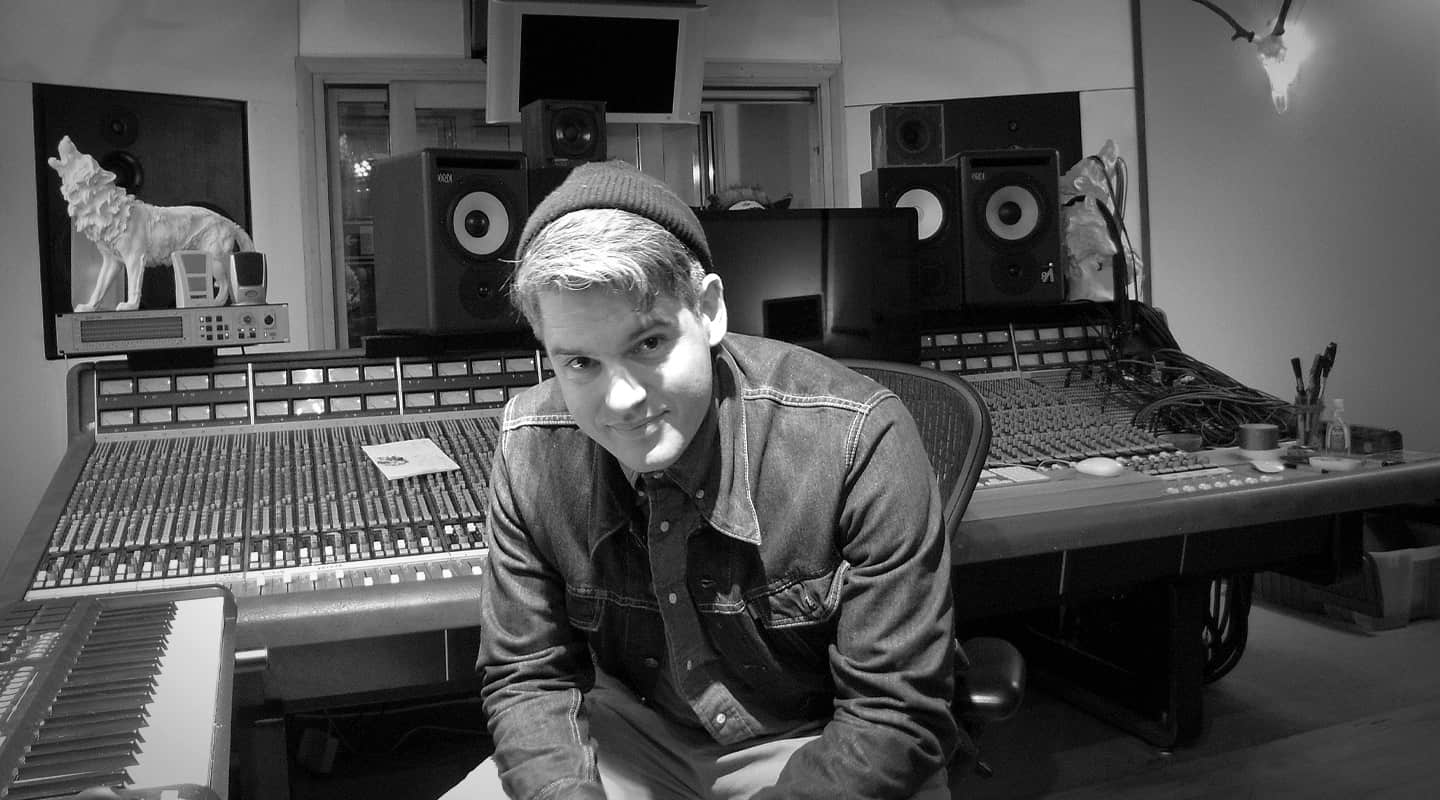
Soul Saviour
Is Paul Epworth a music industry saviour? His old plus new, acoustic plus electronic approach on Florence + the Machine’s Ceremonials sure has plenty of soul.
With the economic and climate crises it’s hard, sometimes, not to feel a twang of concern about that 2012 Mayan end-of-the-world stuff. Or, more seriously, those end-of-the-music-industry prophecies. The word is that we’ve returned to a singles market and that the album, for 40 years the main source of music industry income, is going the way of the dodo. The music industry appears bent on turning all dire predictions into self-fulfilling prophecies by degrading the quality of its product in every conceivable way. For the, er, record, methods used include the use of low-quality consumer formats (MP3/AAC/M4A), the loudness wars, and churning out endless perfectly timed and tuned, soulless, robotic-sounding tracks, sung by manufactured stars whose songs are created by committee, with several professional song writers and producers involved in the making of each track, regularly adding up to several dozen writer and producer credits per album.
With challenges as serious as these, people are naturally looking for solutions and saviours, and this is where the music industry appears to have an advantage. Whereas there’s no politician on the horizon that appears to have a clue how to save the world, in the music world two names are often dropped. The first is Adele. With 17 million sales and counting, her second album 21 is being credited with single-handedly reviving the fortunes of the music industry in 2011. Aptly, it’s received six Grammy nominations, including for Album of the Year, while the album’s 10-million-selling lead single, Rolling in the Deep, has been nominated for Song of the Year and Record of the Year. The second, Paul Epworth, is not a household name, but it’s on the lips of those in the know. He produced and co-wrote Rolling In The Deep as well as a second track on the album (I’ll Be Waiting) and co-wrote a third (He Won’t Go). Epworth also co-wrote most songs on and produced the whole of Florence + the Machine’s 2nd album, Ceremonials. Released towards the end of 2012, it was a UK, Oz, and NZ number one, has already sold over a million copies worldwide, and appears on its way to matching the 3.5-million sales of its predecessor, Lungs (2009)¸ in which Epworth also had a hand. In short, the man is presumed to have the Midas touch.
TIP OF THE TONGUE
The reason why Epworth and Adele’s names are quoted so much is not only because of the stratospheric sales they have enjoyed, but also because both, as well as Florence + the Machine, break the mould in several ways. The hope is, of course, that their uncommon approaches point the way towards a rosier future for the music industry as a whole. Regarding Adele, Epworth has gone on record as saying that Adele is so popular because she “sings from the heart,” and opined, “The age of the manufactured artist is over.” He could have said the same about Florence Welch. The ways in which Epworth himself pushes the boundaries are more diverse, but they centre on similar themes of honesty, integrity, and making “real music” that transcends genres and generations. The fact that he was the sole producer on Ceremonials — for decades the norm, but a rarity today — confirms his status as someone who is extraordinary adept at successfully blending the vintage with the en vogue.
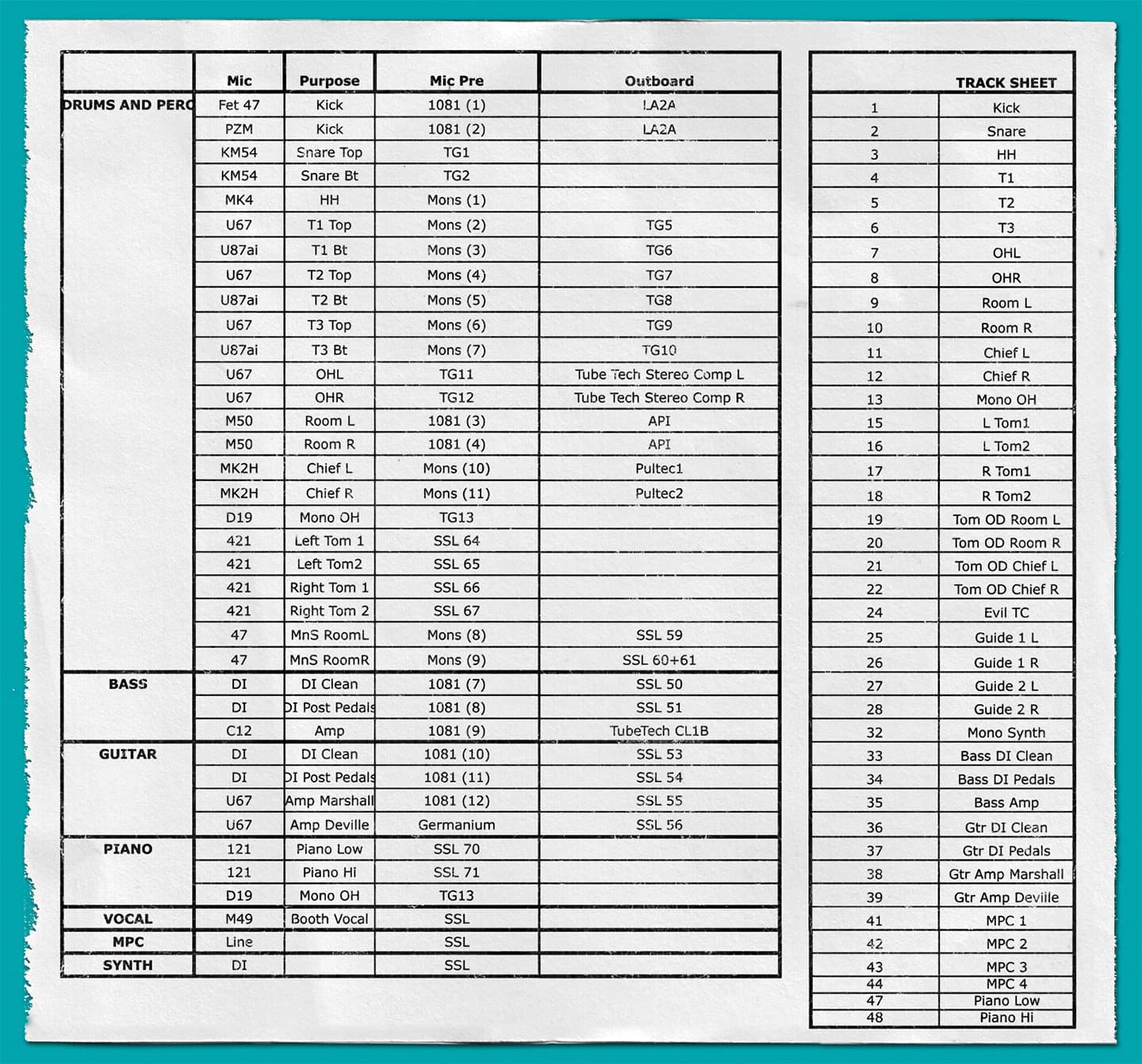
CEREMONIOUS BEGINNING
AudioTechnology looked up Epworth to find out what drives him, how he does things — specifically writing, recording and producing Ceremonials — and whether anything can be garnered from his approach that can, perhaps — and why not? — help save the music industry.
Epworth works these days out of what used to be Beethoven Street Studios in north-west London, which he’s renamed Wolf Tone Studios. In front of the huge but barely used SSL 4048 E-series, an extremely youthful-looking Epworth (he’s going to hit 39 this year, but could easily pass for 25), was happy to elaborate. He has a relaxed and unassuming manner that must stand him in good stead as a producer, a profession that relies to an important degree on people skills, and appears still taken aback by the enormous success that 2011 has brought him.
“It has been phenomenal!” He exclaims. “The big irony is that Rolling In The Deep was pretty much a demo. But even within that we did things that we thought would make the track fun and exciting, like Adele stomping on some steps. We were trying to make a heavy record, with real gravity to it. I do love a good beat! 2011 has been an amazing experience. I underestimated how much people listen to success, instead of to the record. I’ve had big names knocking on my door for a few years, but now it’s all the time. But I’m very picky about what I do. I don’t do things just for the money; I want to do things that I enjoy creatively. But my ambition really always has been to make music without genre. I love music that is informed by many different influences and becomes its own entity. My influences range from Lee Perry to Steve Reich to John McEntire of Tortoise to Lil Wayne. Somebody told me the other day that the records I do appeal to urban audiences as well, and I love that.”
Honesty, good sense, being able to see beyond stardom and big money are qualities that immediately shine through in these few sentences, as is Epworth’s ability to connect his love of spontaneity and old-school methods with modern electronic and urban music. Much of his work indeed has strong crossover appeal, most strikingly in the case of Adele. Epworth’s discography is without question very impressive and high on street cred, with names like The Futureheads, Bloc Party, Maxïmo Park, Plan B, Kate Nash, Friendly Fires, Foster the People, and Cee Lo Green. He puts the fact that the vast majority of the artists he’s worked with so far are British, down to the UK being “much more relaxed about genre,” and claims that one easy way to create something totally new can come from using a production technique from one genre and applying that in another style of music. Obviously, to be able to do this, one must have worked in various genres and with different production techniques and Epworth has a pretty solid grounding in both old and new studio engineering approaches, as well as live sound techniques. This provided him with a solid foundation for the jump to his real ambition, which was, “to become an artist producer. I never wanted to be an engineer-producer, I always wanted to be someone who plays and writes as well.” Although Epworth says he did not have any ambitions to be a front man, he was lead vocalist and guitarist in a band called Lomax during 2002-4, and in 2006 also released some solo material under the name Epic Man. His technical and musical backgrounds also combined during 2004-8 as a remixer working on a laptop. But all these explorations turned out to be just stepping stones for his deeper ambition, which went in the fast lane after he got his “first proper break as a producer,” in 2004, with The Futureheads’ self-titled debut album. In the same year he also produced Babyshambles’ song Killamangiro, which reached #8 in the UK charts. The following year he produced Bloc Party’s very successful debut album Silent Alarm, and a stellar production career was underway.
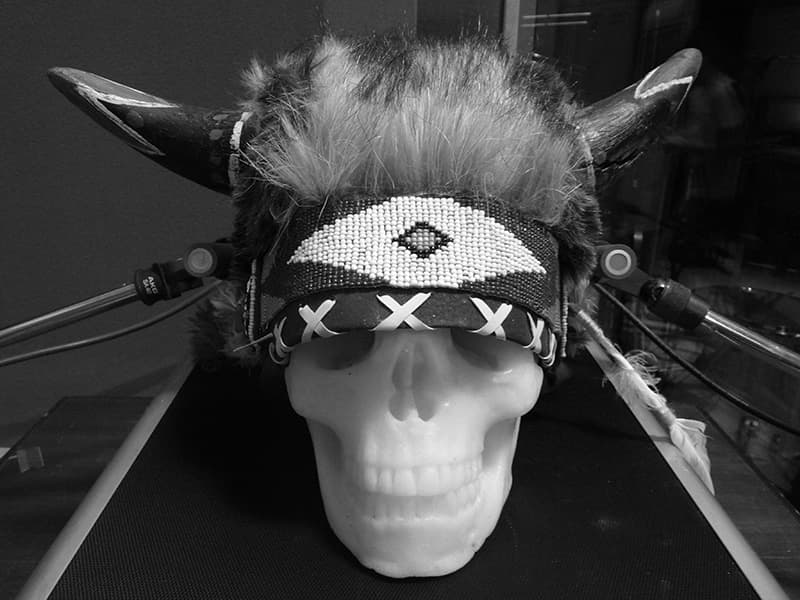

SINGULAR PRESSURE
When Epworth first worked with Florence + the Machine, in the beginning of 2009, there was already a degree of expectation and pressure on both of them. Epworth had enjoyed a UK number one with Kate Nash’s album Made Of Bricks in 2007 and a major international hit with Bloc Party’s Intimacy (2008), while F+tM had just won the 2009 BRIT Critics Choice Award, on the basis of two moderately successful hit singles (one produced by James Ford, the other by Steve Mackey) without having released an album. Epworth recalls, “she came to me saying, ‘the record company wants singles!’ We began the tracks I worked on for the first album at the small programming room I had at the time in the same building as Eastcote Studios [in West London]. That was pretty much just my engineer Mark Rankin, Florence, and myself. We wrote and mapped out these tracks in Logic, and then went over to The Pool studios to record them. There was hardly any guitar on the first album, it was all drums, piano, and ‘circuit bent’ Casio keyboard, MIDI strings and a lot of the sound came from Florence singing through an AKG D19 mic through this here…”
At this point Epworth got up, rummaged around in his studio, and came up with a Boss pitch shifter delay pedal screwed to a small box with a handle. He enthused, “I found a guy in The States who makes these as a custom item, and it’s phenomenal. He pulled the insides of the pedal out and connected them to these switches and it’s a fantastically creative tool that created many of the soundscapes on the tracks we did on her first album. We manipulated the sound of her singing with it. The buttons allow you to make loops, change the pitch of the loop or the delay time, make glitchy sounds, it has ring modulators, touch pitch bend, and so on. These buttons are like detonators! The best thing is that it has a guitar strap, so you can use it live. During the making of the first album Florence and I vibed on noise records by bands like Crystal Castles and Fuck Buttons and so on, horrible wall of sound stuff, and we used this unit and the circuit-bent Casio to generate noise. The Casio is a little 8-bit sampler modified by the same guy who modified the Boss pedal. It has all sorts of options, and Florence would play it.”
Epworth rummaged around some more in his studio and got a hold of the ‘circuit-bent Casio,’ which is a modified Casio SK-5 sampling mini keyboard, introduced in 1987, and later sold by Radio Shack under the name Realistic Concertmate-650. A little frustratingly, Epworth wouldn’t give the name of the man who modified these units. Epworth ended up producing and co-writing four songs on Lungs, one of which, Rabbit Heart (Raise It Up) became the biggest self-penned hit from the album (the band’s cover of You’ve Got The Love was recorded and produced later by another team and became a bigger hit). With Lungs being a resounding success, also in the US, Florence Welch had many offers to record the follow-up with several of the hottest American producers, but she opted to work again with Epworth. In an interview in Billboard, in which she called Epworth a “shaman,” she explained, “I just wanted to do Lungs but I wanted to do it better. I had an idea of the sound, I wanted it to be more dark, more heavy, bigger drum sounds, bigger bass, but with more of a whole sound. So it sounded like a whole project rather than a scrapbook of ideas, which, for better or for worse, the first one was. That was a real specific thing: I wanted to work in one place with one producer.”
“Expectations were high,” recalls Epworth about his work on the second album. “One issue for me was that there were some tracks on the first album that we were really proud of, but that the band had real trouble playing live. One of the tracks in particular, Howl, just did not translate to the live situation. I’m always self-conscious about whether the things I have worked on will connect live, and in this instance I felt that it was really important to make sure that we worked on the album in a more old-school way, recording the tracks as much live in the studio as possible. She and I did a lot of writing here at Wolf Tone, as well as at Dean Street Studios in central London, and she also wrote several tracks with other people, like Eg White, Kid Harpoon, James Ford and [band member] Isabella Summers. I think she wrote the same amount of tracks with me as with others, but for some reason a lot of the tracks she and I did made the album.”
During the making of the first album Florence and I vibed on noise records by bands like Crystal Castles and Fuck Buttons and so on, horrible wall of sound stuff, and we’d get the circuit-bent Casio to generate noise.



EXCITEMENT OVER EXPEDITION
Most of the writing for Ceremonials that the duo did took place during the beginning of 2011, but the band was still on a heavy schedule to promote the first album, so recording sessions didn’t take place until a couple of months later. To ensure that the music could be played live, Epworth opted for a genuine old-school approach, which was to spend two weeks rehearsing the music with the band, and then record all tracks live at Abbey Road during five weeks of sessions in April-May, on something called, er, tape. Epworth explained…
“When writing I tend to use Logic, though if we’re purely working with audio, I’ll start a session in ProTools. After the writing stage we’d export the songs that we had begun in Logic to ProTools, and during rehearsals we based the band arrangements on them. The idea to go to Abbey Road was an interesting one, because I’d never worked there. One reason for doing this was that I hoped that the pressure of expectations would translate into excitement. Rather than really feeling that pressure to deliver, which can happen if you have all the time in the world to labour over things, you’re thinking, ‘I’m doing an important session in Abbey Road, this is exciting.’ Unfortunately we couldn’t get into Studio 2, but Studio 3 worked out really well. You’d be astonished to hear how much of the final result was recorded in live performance in that studio.
“We did three 3-hour sessions every day, the first session being from 10am-1pm. We tried to keep it as live as we could, and we cut 16 tracks in 20 days! Some of the original demo stuff made it to the album, but I was inclined to, for the hell of it, replace everything with live playing. If the demo had a sampled percussion part, I’d get it played. A track like Never Let Me Go, which may sound like one of the more produced tracks on the album, was actually one live performance of drums, bass and guitar that we never edited. It’s just one live take, which we might have adjusted for timing a little bit here and there, but that was it. We would generally first record drums, bass, and guitar and then overdub to that. We often also recorded these parts separately again, to make sure we had takes without spill to play with later on. The drummer was playing triggers with an MPC, so we could easily get an impression as to whether sounds that we had worked out during pre-production worked or not, and if not we could try different sounds very quickly. We also had a binaural head in front of the drums, so we always had a reference as to how things sounded in the room. There were guitar and bass amplifiers in different booths over to one side, and piano and Hammond on the other side.”
“Most of the overdubs were done in the same space to get a cohesive sound. On ‘Never Let Me Go’ we placed some Royer mics inside the piano and compressed the living daylights out of them with a Distressor. No one was playing the piano other than perhaps someone pressing down the pedal and a root chord, and then we let the piano resonate. All the builds and swoops that you hear in the track are from that. Many of the embellishments, like African drums and bells and strings and harp were also done at Abbey Road. The African drums were simply toms, and the choir was done the very last night we were there. Florence rounded up some friends who could actually sing, but who would not sound like a perfect choir. We recorded them with a binaural head with some spot mics.”
Epworth and his engineer Mark Rankin made the most of everything Abbey Road had to offer, including tape. Though refrained from using the medium exclusively. “They have the best tape machines in the world at Abbey Road!” Enthused Epworth. “I have always found that particularly drums and guitars sound great coming off tape, and when you’re in Abbey Road, with the quality of mics there, the acoustics of the live room, when you just put those mics in front of well-tuned instruments and you record that to tape, it immediately sounds like a record! I don’t like EQ-ing when going to tape, and Mark indeed hardly had to EQ stuff as it went down. We basically used the tape to give the music character and tone and harmonic distortion. We’d record drums, bass and guitar to tape, then would load that into ProTools, then added overdubs to tape, and loaded them into ProTools as well. ’Tools was slaved to the tape machine. Harp and piano also went to tape, but vocals were recorded directly into ProTools. I tend not to record vocals on tape because the details in an amazing performance can easily get lost when it’s squashed by the tape. ProTools is also easier to work with when recording a vocalist because there’s no rewind time and it’s easier to drop in and out and edit.”
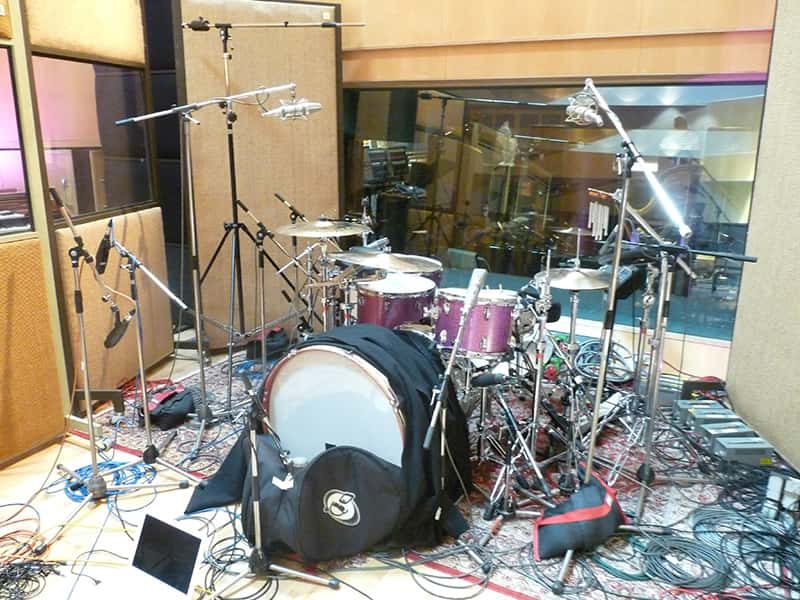

GOING WITH THE FLO
After the recordings at Abbey Road, Florence and her band went back on the road, leaving Epworth and Rankin at Wolf Tone, where they spent June and July on post-production. Essentially their aim was to upgrade the music to make it sound more modern. They had, however, one little problem: the tracks were sounding too good! Epworth: “Keeping in mind the idea that we wanted the arrangements to work live, we had every intention of making the end product a combination of acoustic and electronic — that is, we wanted to record acoustically, but have a modern electronic production. I guess everything that I do combines these two elements. So when we brought the stuff back here to Wolf Tone, we pushed it and pulled it, tried this and tried that, but no matter what we did, the record pretty much ended up being what we recorded in Abbey Road in those five weeks. Every time we tried to add things, it felt like the recording lost some of its soul. If you suddenly throw a synthesiser on acoustically recorded tracks like these, you lose the atmosphere, unless you can do it in a way that’s imperfect. Despite these complications, which would have most people reaching for the “I wish I had your problems” phrase, Epworth managed to imbue the recordings with some trademark 21st Century sounds. “We used the Korg pitch-shift/delay contraption on Heartlines for some really slow pitching — we were going for a kind of Silver Apples almost raga drone kind of thing. On What The Water Gave Me, I did a bunch of triggers using apTrigga, which is a sound replacer. I often use that to replace a drum track with musical sounds, doing passes and seeing what happens. Some of the weird, dissonant things that are happening in that track come from that. In Never Let Me Go I added some Korg PS3100 synth sounds that I looped in the modified Korg unit, you can hear it falling away just before Flo’s voice comes in. Florence did some backing vocal overdubs in New York and Miami while she was on tour in America, and she did some backing and lead vocals here. She sang the lead vocal to Lover To Lover on the roof of Wolf Tone. We had half an hour to do that take before she had to leave, and I felt like the only way we were going to get that vocal was if she was excited to do it, where it was a fresh experience. I knew she’d go into live performance mode on the roof, rather than in hypercritical studio mode. She did two takes, and they were filmed and used as footage in the What The Water Gave Me video.
“People have suggested that we referenced Kate Bush’s drum sound from the eighties, but that was not the case. In fact, we were more inspired by the drum sound on Kanye West’s record and looking towards an artist like Flying Lotus. We did something similar to the 1st album, when we used a Garageband sound called Folk Kick, and this time we may have used a couple of folk kick samples. We also used a Garageband marching band drum sample, same as I did on Rolling In The Deep. But again, most of what you hear was recorded live. We were trying to bring out a detailed, electronic modern pop sheen to something that was actually very traditional and acoustic. I’d had a programmer working for me in Abbey Road [Bullion], who would simultaneously do bits and pieces like adding claps or other sounds and textures. So throughout we had a kind of symbiotic thing going on between old and new. We used UAD and other plug-ins to shape the sound, but not much of the outboard in Wolf Tone. We also wanted to make sure the record would sound like human beings playing, with things not being locked to a grid and not being perfectly in tune. To use AutoTune on Florence’s voice would destroy what she is doing. We comped her vocal parts, rather than trying to fix them. There was some very light use of Melodyne in places, but she doesn’t really need tuning.”
TRANSCENDING OLD & NEW
When Epworth talks about “a symbiotic thing between old and new,” and adding an “electronic, modern pop sheen” to “traditional acoustic” recordings, he very much sums up the essence of his production approach. In the case of Florence + the Machine he went one step further. “Florence and I were joking about making a pagan R&B record, a sort of wicker man take on American R&B. We wanted to have the drums pounding and be big and bombastic, and for the record at the same time to have an ethereal, transcendental quality. The album title, Ceremonials, points to the spiritual and congregational qualities that we were after. Part of the reason for going to Abbey Road was to make the record sound like it was recorded in a church. We were able to do unorthodox things with arrangements and use unorthodox sounds. We were trying to make pop music from very weird parts, with influences from everywhere and have music that is almost primal, with the brain switched off. We wanted the music to be more connected to intuition than to ego.”
In essence, Epworth’s approach is to improve the quality of the music industry’s product. He does this by combining the best of old and new recording approaches, and reviving music’s potential for the magical and the transcendental. It’s a powerful ethos that clearly has struck a chord with people around the world. Whether it’s enough to save the music industry is another question, but it may – and why not? – be worth a try.



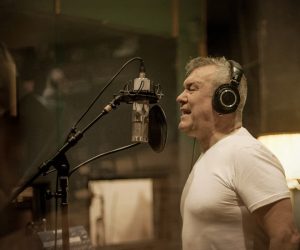



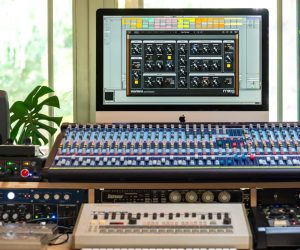
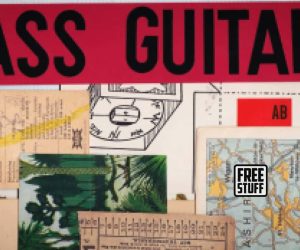

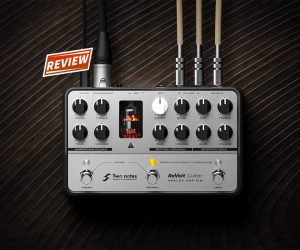

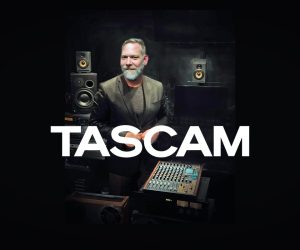



RESPONSES